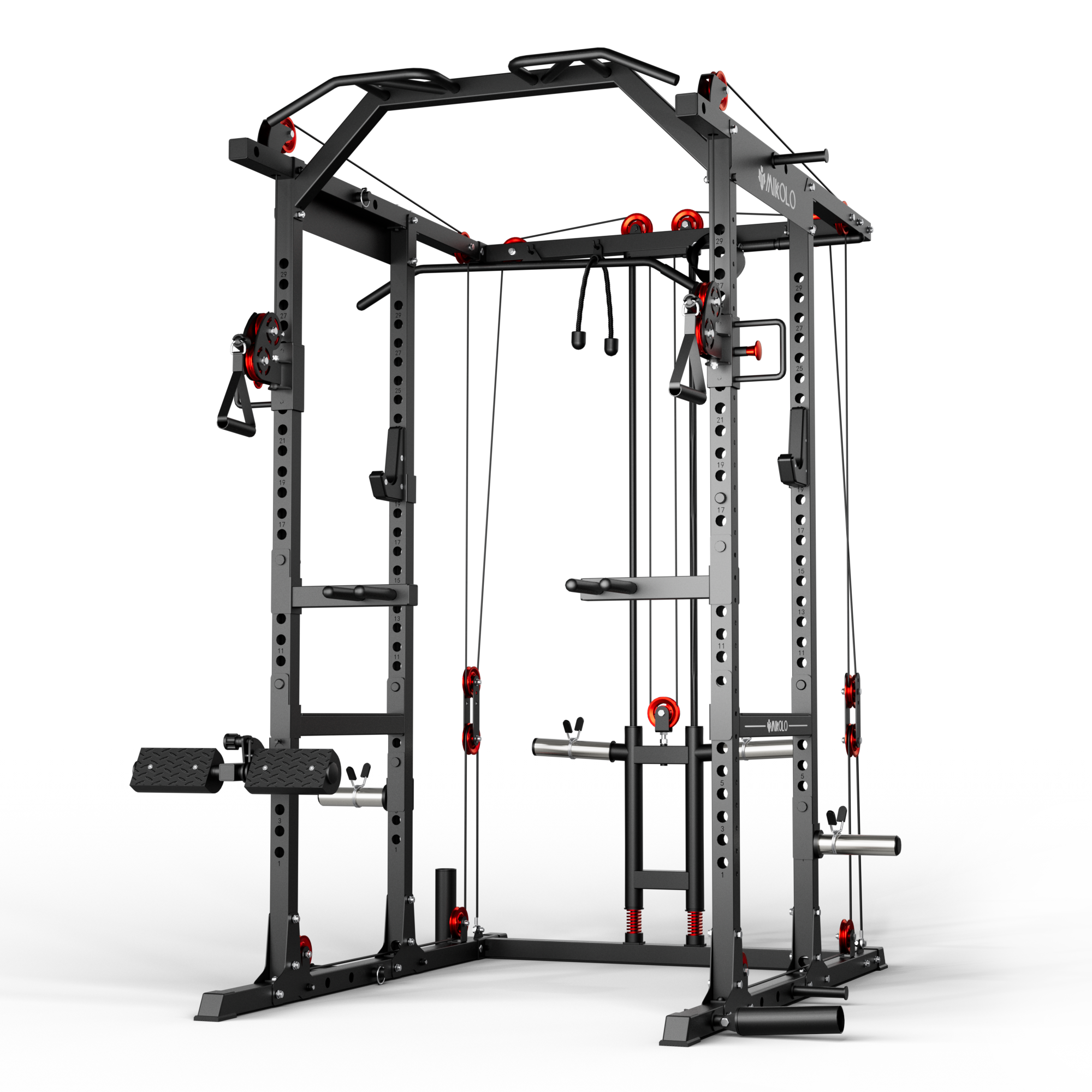When it comes to effective fitness, understanding how to train muscle groups systematically can be the difference between random effort and real progress. Whether you’re hitting the gym or working out at home, organizing your workouts around muscle training groups ensures balanced development, reduced risk of injury, and long-term gains.
What Are Muscle Groups and Why Train Them Separately?
Your body is composed of major muscle groups, each playing a specific role in movement and strength. These include:
-
Chest (pectorals)
-
Back (lats, traps, rhomboids)
-
Shoulders (deltoids)
-
Arms (biceps, triceps)
-
Legs (quads, hamstrings, calves, glutes)
-
Core (abdominals, obliques, lower back)
Training different workout muscle groups on separate days—often called a split routine—gives each area enough time to recover and grow, while still allowing you to work out multiple times a week.
Organizing Your Workout: Muscle Group Splits
Here are common training splits you can follow:
1. Push/Pull/Legs Split
-
Push (Chest, Shoulders, Triceps)
-
Pull (Back, Biceps)
-
Legs (Quads, Hamstrings, Calves, Glutes)
This format lets you train working muscle groups with similar functions together.
2. Upper/Lower Split
-
Upper Body (Chest, Back, Arms, Shoulders)
-
Lower Body (Legs, Glutes, Core)
A great choice if you're exercising four times a week.
3. Body-Part Split (Bro Split)
-
Day 1: Chest
-
Day 2: Back
-
Day 3: Shoulders
-
Day 4: Arms
-
Day 5: Legs
This isolates each target muscle group, allowing intense focus and volume.
Why Rotating Workout Groups Matters
Training different muscles to workout each day prevents overuse injuries and promotes full-body strength. It’s not just about aesthetics—it’s about function. The main muscles to workout each week should be rotated to ensure equal development. For example:
-
Monday: Chest & Triceps
-
Tuesday: Back & Biceps
-
Wednesday: Legs
-
Thursday: Shoulders & Core
-
Friday: Full-body or Active Recovery
This strategy keeps your workouts fresh and ensures you're covering all muscle groups to workout effectively.
Personal Tip: How I Avoid Burnout and Imbalances
In my own training, I noticed that neglecting smaller muscle groups—like rear delts or calves—led to nagging imbalances. Now, I dedicate short sessions every week just to these “forgotten” areas. If you’re serious about long-term progress, make room for different muscle groups to workout, not just the ones you enjoy.
Even when time is limited, combining compound lifts (like squats and pull-ups) can work multiple muscle group gym patterns in one go.
Final Thoughts: Map Out Your Training
There’s no one-size-fits-all approach, but consistency and smart planning always win. Use the structure that fits your schedule, and rotate through workout body groups over the week. Don't overlook the importance of rest—exercising different muscle groups daily works best only when paired with proper recovery.
In the end, the goal isn’t just to look strong—it’s to be strong, across your entire body.
Let your training reflect that. Choose your areas to workout purposefully, and keep your routine evolving. Your body—and future self—will thank you.














































Leave a comment
This site is protected by hCaptcha and the hCaptcha Privacy Policy and Terms of Service apply.